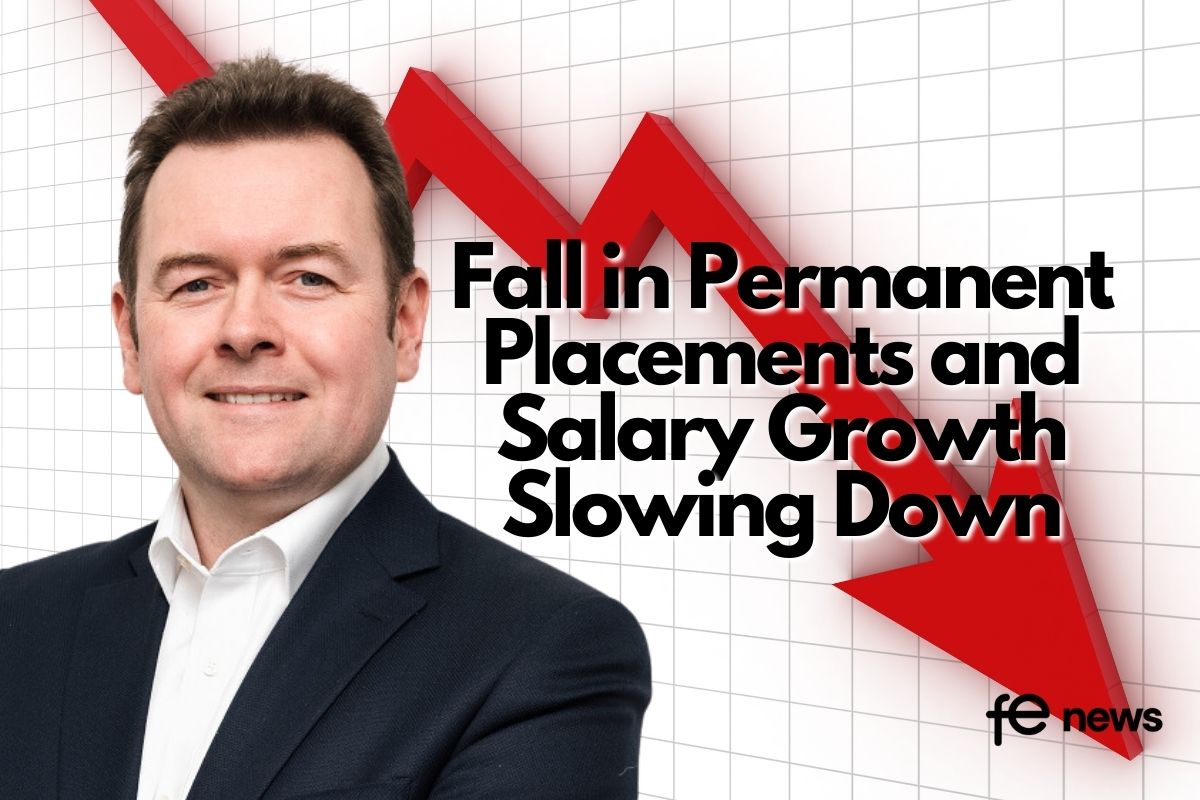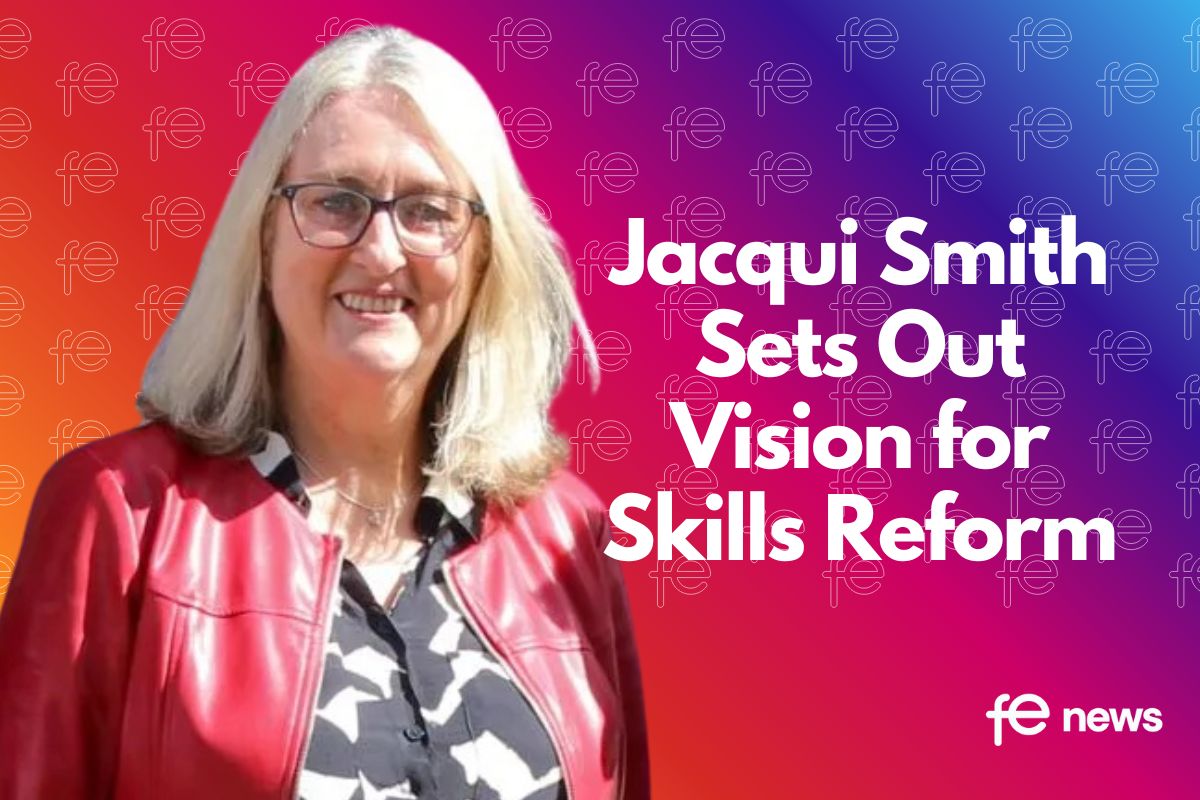Should policymakers use the 60th anniversary of the Robbins Report to announce a major new review of higher education?

- The Higher Education Policy Institute (www.hepi.ac.uk) has published a new Policy Note to mark the 60th anniversary of the Robbins Report on higher education, which was published on 23 October 1963.
- The Robbins Report laid out the expansion of higher education in Great Britain and was accepted by the long-standing Conservative Government and the resurgent Labour Opposition. However, many of its proposals were not implemented.
- There are now ten times more full-time students than in 1963. While Robbins expected the costs of expansion to land – initially at least – on taxpayers, they have generally impacted students via fees and loans, producing calls for a new review.
The Robbins report of October 1963 has been compared in importance to the Beveridge Report (1942). Its recommendations for a big expansion of higher education were immediately accepted by the Conservative Government and the Labour Opposition.
In a new HEPI Policy Note, The Robbins report at 60: Essential facts for policymakers today, Nick Hillman (HEPI’s Director) shows that, although the number of students did grow, policymakers veered off in different directions to those foreseen by the Robbins Committee.
- The Robbins principle that higher education courses ‘should be available for all those who are qualified by ability and attainment to pursue them’ was initially accepted but was often under threat afterwards
- The Robbins Report followed, not led, on future student numbers
- The Robbins Report did not sort out student finance
- The binary divide of universities and polytechnics was contrary to the Robbins recommendations
- The Robbins Report did not lead to a wave of new universities as had been proposed
- Robbins’s ideas on student accommodation were not followed
- The Robbins proposals on Whitehall arrangements were ignored
The Policy Note argues that, despite its lucidity, coherence and meticulousness, the Robbins Report is not necessarily a good model for tackling current perceived challenges. In particular, the Robbins Report largely dodged the question of how to pay for the costs of expansion, merely remarking ‘public money is spent on what people want’.
Robbins expected public spending on higher education to increase, which it initially did before falling back. While the country is three-and-a-half times richer than in 1963, the number of full-time students is ten times higher. Most of the costs of expansion have landed on students via fees and loans.
Nick Hillman, the Director of HEPI and the author of the new Policy Note, said;
‘The Robbins Report is a cogent, coherent and comprehensive document that remains influential and relevant six decades on. We are still talking about the Report mainly because it foresaw and prepared for the huge expansion of full-time student numbers across Britain.
‘However, the Robbins Report is not necessarily the document that people believe it to be. Although student numbers grew roughly in line with the Report’s recommendations, the Robbins Committee’s work was less influential on policy than is often supposed.
‘The Report may have been immediately accepted by both the Conservative Government and the Labour Opposition but, in the decades afterwards, Ministers often did the opposite of what it recommended.
‘For example, Robbins wanted half a dozen brand new universities, called for a single “system” of higher education and wanted a new Ministry for Arts and Science. Instead, we got just one brand new university, a binary system of universities and polytechnics and a huge Department of Education and Science overseeing both schools and universities.
‘Nonetheless, we are still talking about the Report 60 years on because it recognised the immense cultural, social and economic value of having a large, well organised and autonomous university system and because its core themes continue to be debated by policymakers today.
‘If any political party were to propose a new review of higher education in their forthcoming general election manifesto, then the Robbins Committee could be a sensible model to follow in many respects. But it also would not be a panacea for current ills.
‘For one thing, the Robbins Report focused on building a single “system” of higher education across Great Britain, but devolution has made that a more nebulous, even inappropriate, idea.
‘Most importantly, the biggest challenge facing universities today is financial and, although the Robbins Committee took 32 months to deliberate, it dodged the question of how to pay for a much bigger higher education sector. We’ve been wrestling with that challenge ever since.’











Responses